Working with the waves and turning the tides for progress
The story of how my island upbringing inspired me to become an advocate for offshore wind
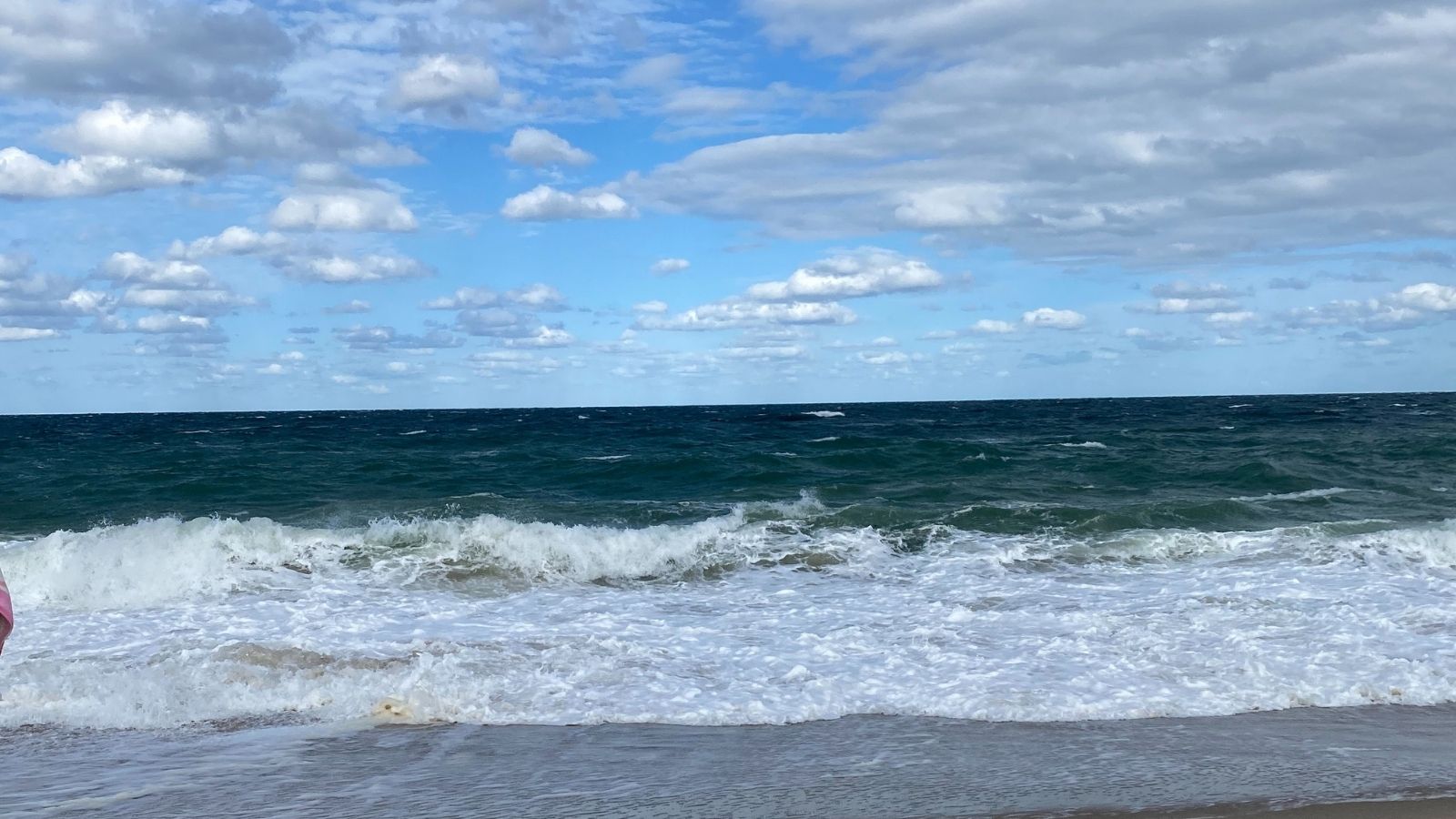
I grew up on the ocean.
I spent my youngest years in a quaint island home, jumping in and out of playful waves on Nantucket Island, one of the most eastern towns in the United States. Throughout my childhood I could never hide from the strong Atlantic breeze, and I spent my summer days sailing in the harbor, climbing trees and traversing the dunes, bogs and forests.
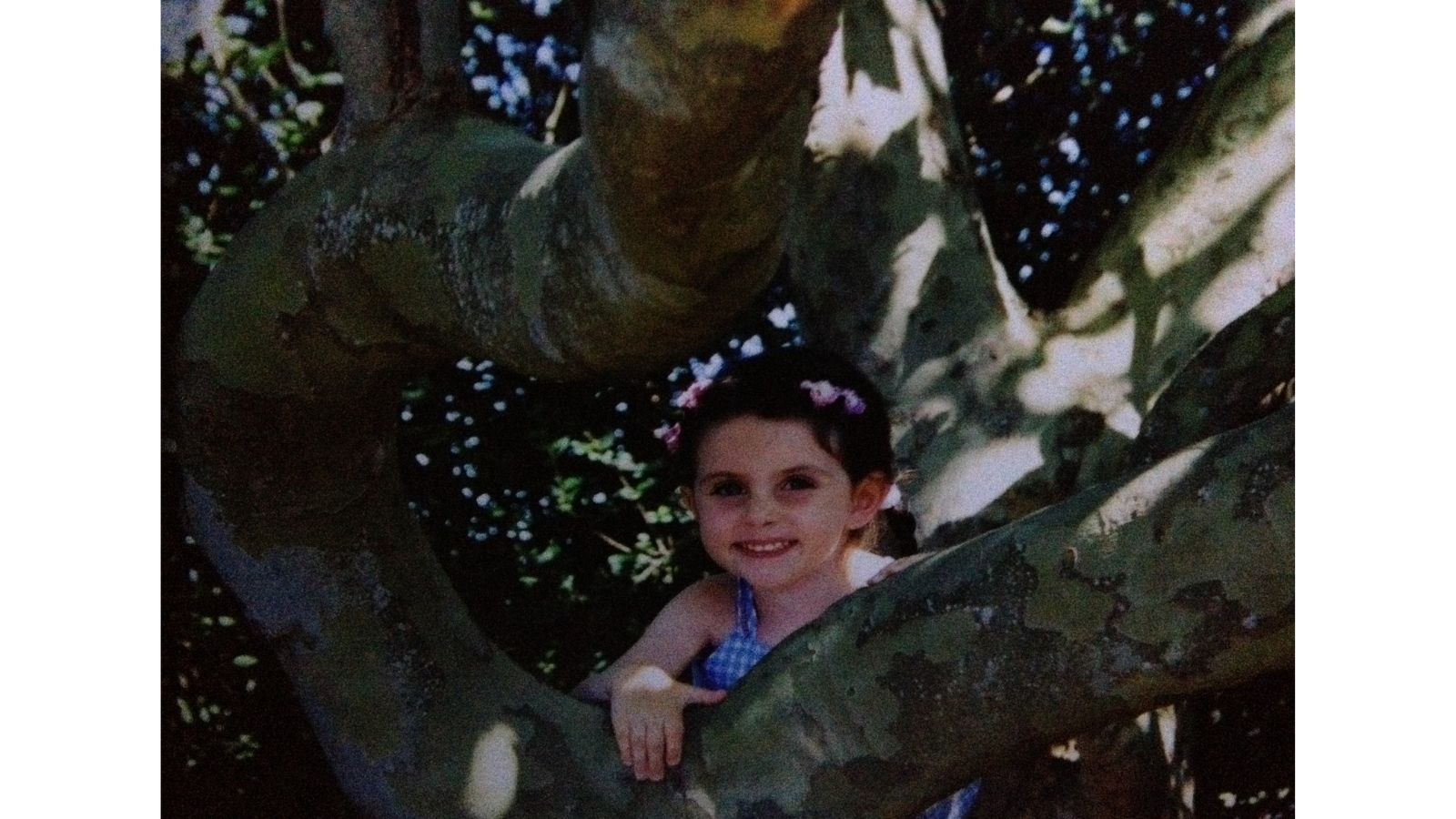
Me, at about 4 years old, in my favorite climbing tree!
In the winter, once the island quieted down, my dad and I searched for new forms of excitement. When gray, ominous skies arrived, we loved to storm watch on the beach. We were always strangely mesmerized by what the icy winds and winter waves had in store for our little, unprotected oasis.
This childhood, immersed in sea air, instilled an innate passion and care for Mother Nature in me. It also kept me humble, as I could never easily turn a blind eye to her power. Over the course of my childhood, I watched the rising tides of the Atlantic eat away at my island. Today, my childhood home sits about three blocks from the island’s eastern Sconset Beach. Thirty years ago it was four. The block closest to the shore is gone, swallowed by the water. As a very small child, I could walk the 1.5 mile long path along the seaside bluff from the village center to the local lighthouse; but then part of the path washed away. When I was in fourth grade the lighthouse itself had to be moved because it was at risk of washing away too. My whole fourth grade class got to wear yellow construction hats and watch this grand structure get rolled back from the bluff, surrendering its historic territory to the Atlantic storms. During these years, as an elementary schooler, I was conscious and somewhat fearful of erosion, but I never tied it to anything other than temperamental ocean waves.
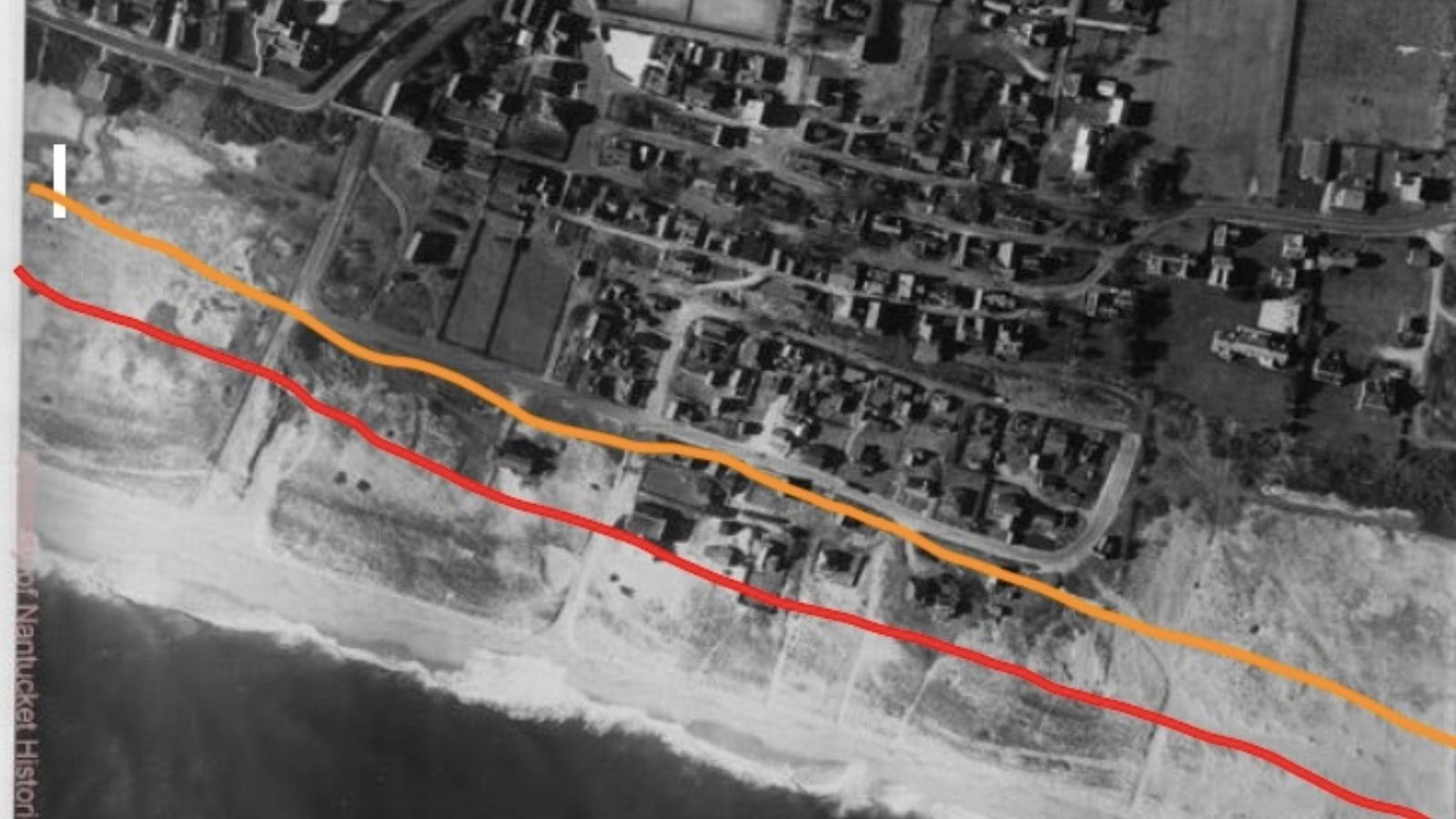
A 1957 aerial image of Nantucket’s Sconset Beach from the Nantucket Historical Association’s archives. The orange line (estimated by yours truly with the consultation of 2021 google maps imaging) shows the current start of the beach while the red line sho
As I grew older, I began to re-conceptualize what climate change meant, and I was challenged by its implications for my hometown. It seemed like they used to tell us that we could “Save the Earth” by recycling scrap paper and turning out the lights, but suddenly that was not nearly enough. The problems and the solutions both became much bigger, or perhaps I just became big enough to understand them. Either way, I started to see that through extreme weather and rising seas, climate change is advancing erosion rates on this little island.
If we continue to rely on fossil fuels, the seas will continue to rise, extreme weather will become more frequent, and Nantucket will find itself underwater at an unnecessarily expedited pace. While seeing the damage to my little island, I also increasingly recognized that Nantucket is in good company. Island communities and coastal towns all around the world are grappling with erosion, and that is only one of the many environmental dangers that forces people to abandon the places they and their families have known as home for generations. Growing up, I frequently pondered this disturbing reality but did not see a clear place for myself in the solution.
In an attempt to address this quandary, I pursued an environmental studies major in college with a focus on environmental policy and environmental education. These subjects were interesting to me, and they felt like important avenues towards building a greener world; but, at the time, policy and education seemed like completely separate spheres.
I was drawn to working as an advocate with Environment America because it seemed to meld these two passions together. Here, I can educate the public and organize around grassroots solutions, while simultaneously working on policy that will have a large scale impact on many people’s lives. This job has shown me that perhaps these things aren’t so different and the most important work could simply be bridging the gap between those two seemingly dichotomous change-making strategies.
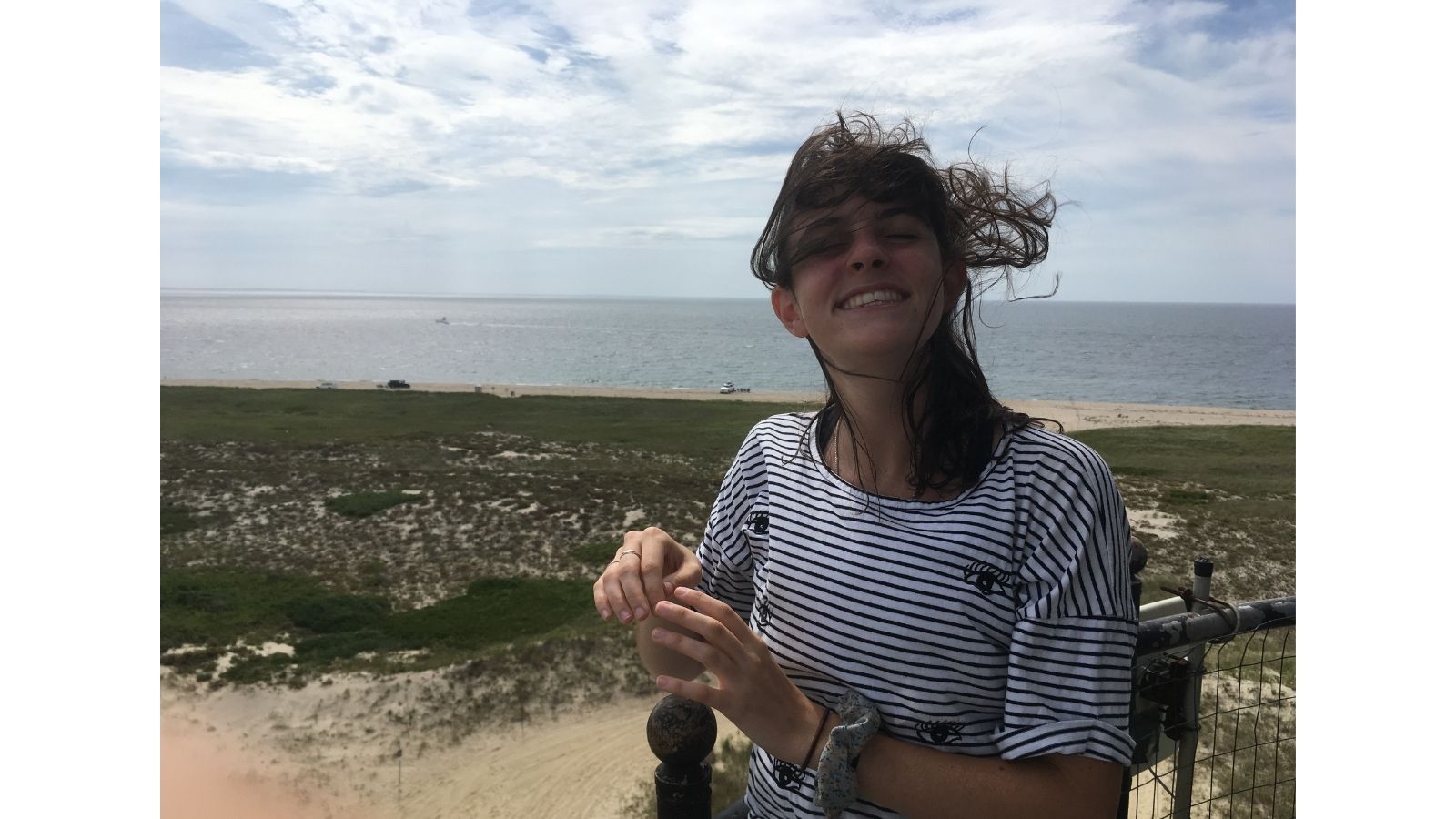
Here I am in 2019, getting swept up by the island winds
Ultimately, the issue of climate change and extreme weather is not going anywhere, and soon no one will be able to hide from it. However, we can limit the intensity and the scope of the damage. I’ve experienced the Atlantic winds for a long time. Their intense power used to feel like a reason to fear them, but now I see that power as an opportunity. Now, I see those winds as a force we can harness to move toward a 100% renewable energy future that will steer us away from the worst impacts of climate change.
We must implement this power swiftly and with conviction, in a sense mirroring the winds themselves, in order to protect our coastal communities. Advocacy gives us the tools to create the world that we want to see, and I am so excited to dive into the work, as an offshore wind associate, that will hopefully allow myself, my friends, my children and theirs, to live long, healthy lives on this planet, watching the waves roll in.
Topics
Authors
Jolie Jaycobs
Find Out More
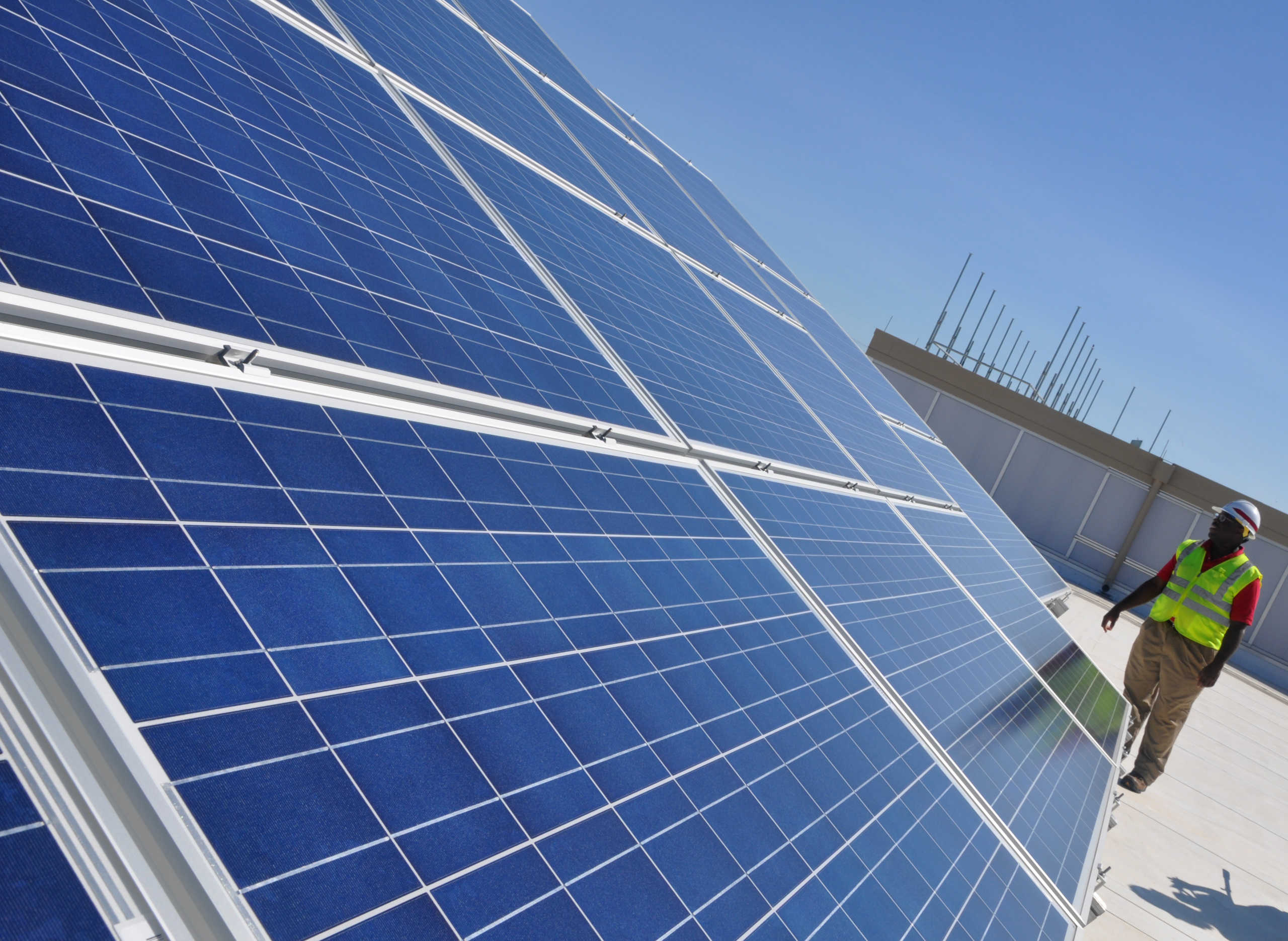
Unlocking America’s rooftop solar potential

We brought FedEx’s golden solar opportunity to their doorstep

Send a message to FedEx: Go Solar

